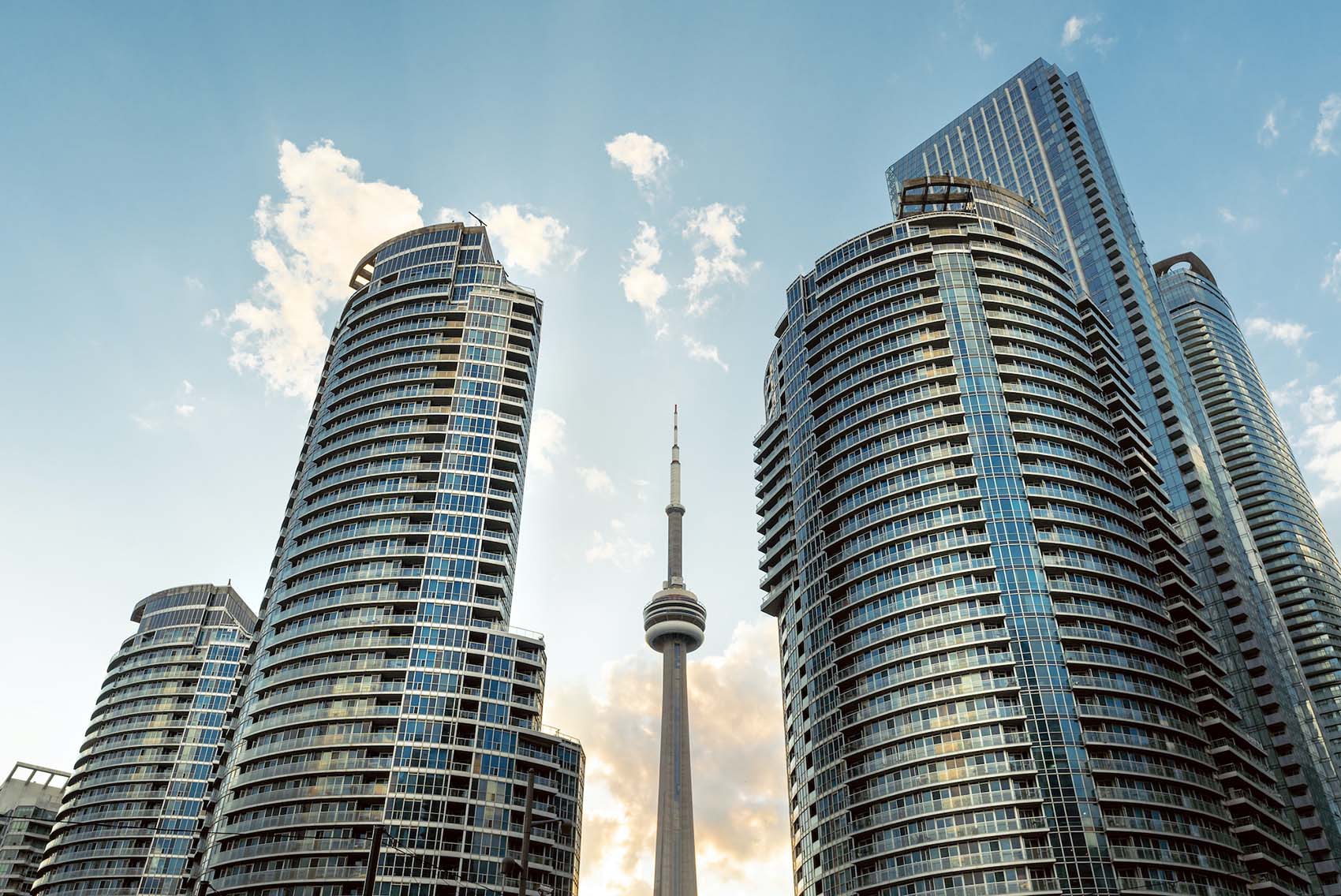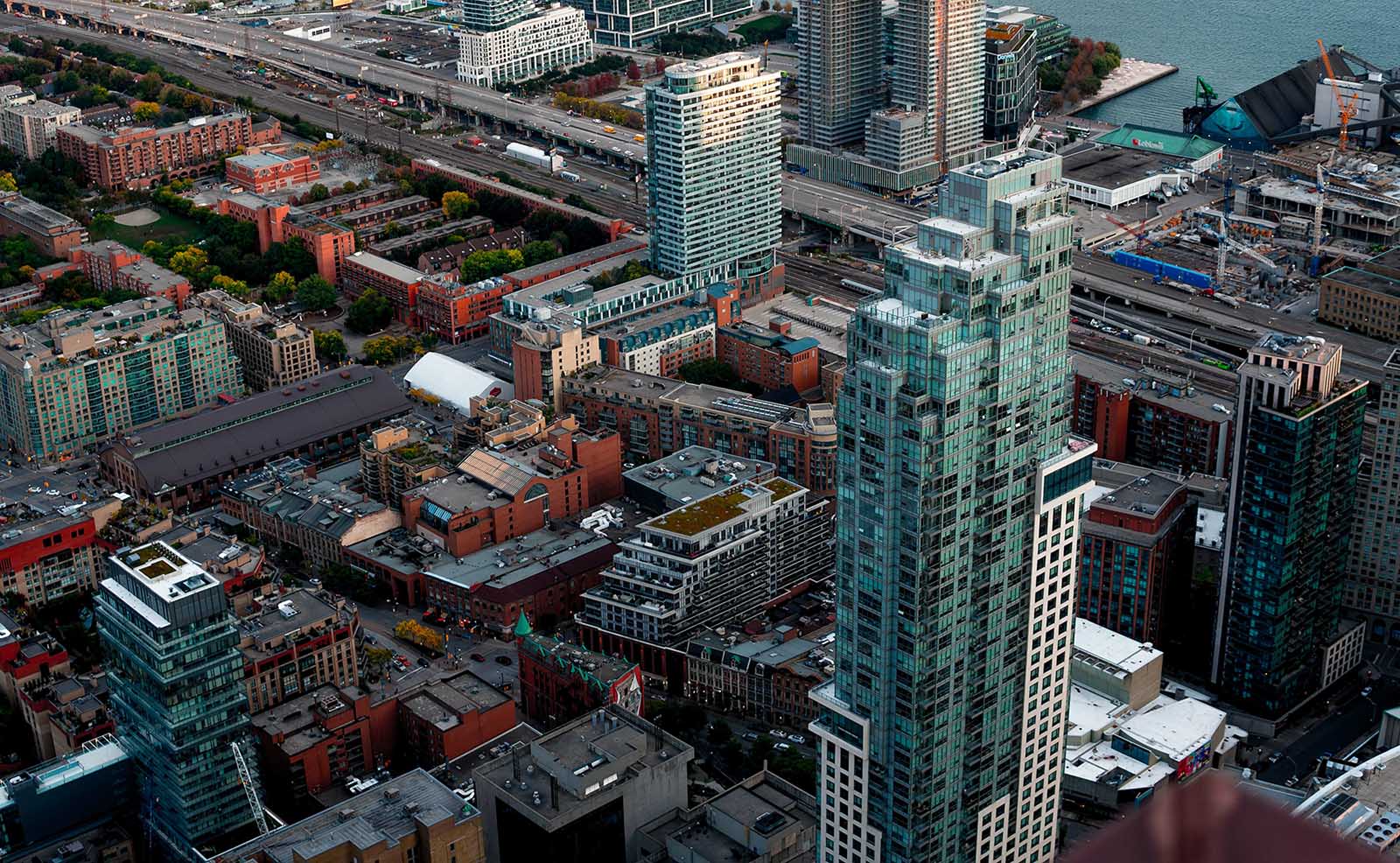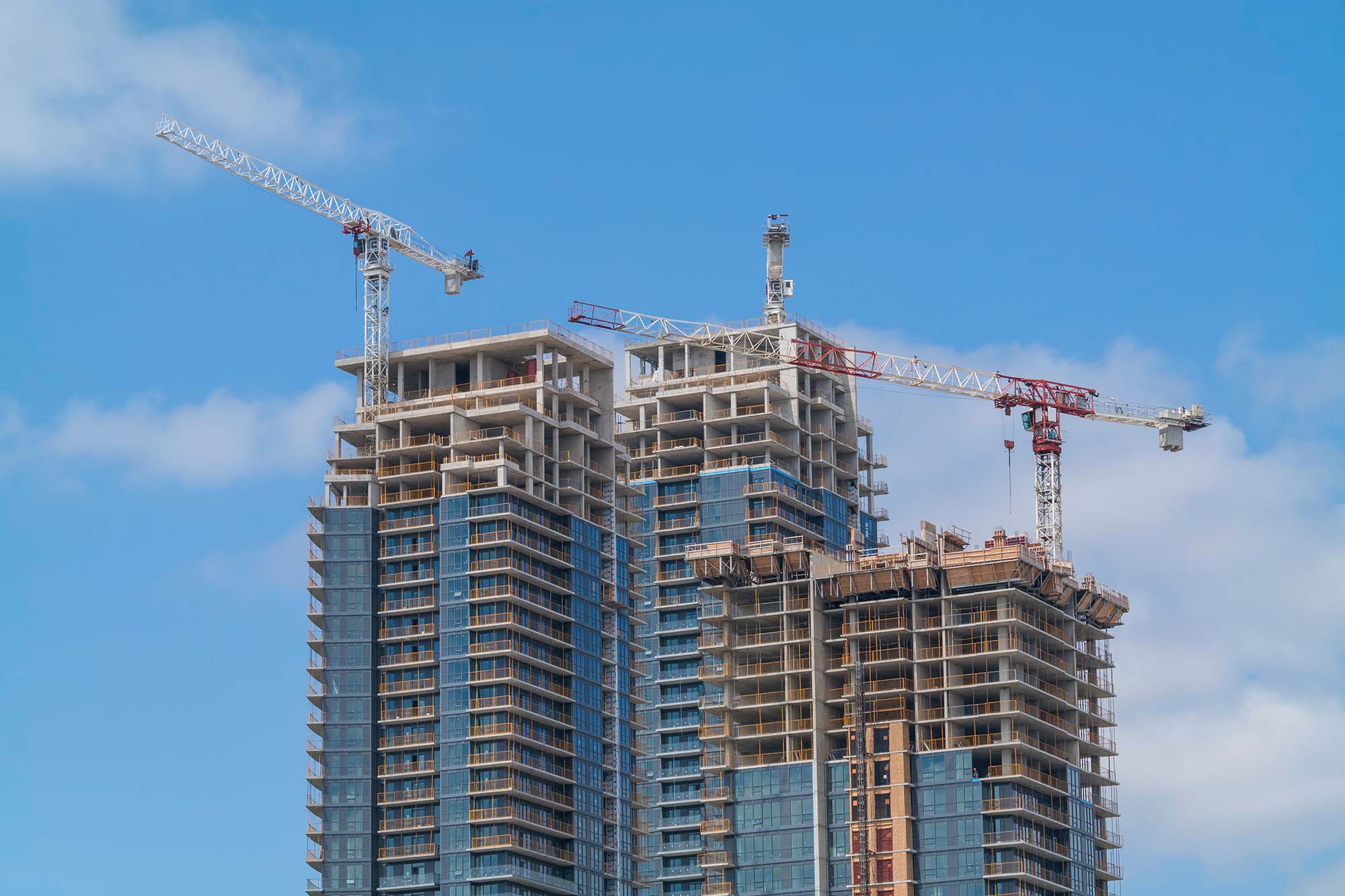

Close


Photo: John Mehlenbacher, The Condo Store
John Mehlenbacher, COO at The Condo Store, told Livabl that returning immigrants and students provides “needed assurance” to those who may have lost faith in downtown living during the pandemic. Rising pre-construction prices shows that Toronto’s normal growth curve is back on track and is progressing as normal, he explained. Should supply levels keep up with market demand, Toronto’s landscape is poised for future growth.
“The impediment to more growth is supply, so as long as that stays a topic and the governments comply and speed up some of the bureaucracies for land development, then the population and cityscape will continue to grow as Toronto truly moves into the stage of world-class city with other global heavyweights,” said Mehlenbacher.
Rental prices have been on an incline from 2020 and early 2021 COVID-19 lows, and it’s likely that prices will continue to keep increasing. When buying a downtown pre-construction property for investment purposes, one might want to consider their potential cash flow and unit rental prices in the future market. Mehlenbacher points out that many financial planners would tell you to choose an annual growth rate and then project your rental rate into the future based on neighbourhood trends and history.
However, this way of thinking does not consider the key point of pre-construction investing — your rental rate is a factor that you cannot control, besides choosing the right real estate investment in the first place.
“When you are able to pick a pre-construction project in a great area, with low deposits, with four or five years of time between purchase and closing, the rental rate in five years is almost insignificant to your decision to make the transaction when you have the opportunity [to invest] five years earlier,” explained Mehlenbacher.
Location is a key factor when purchasing real estate, but when buying for investment purposes as opposed to a primary residence, Mehlenbacher says that investors should look into areas in downtown and Toronto neighbourhoods that are producing significant returns and where growth is imminent. For example, there is “significant, premium development” happening in The Junction, where there are both planned and ongoing residential projects.

Photo: scottshoots / Adobe Stock
“Like CityPlace, Liberty Village and the Distillery District and others before, we feel strongly that investors will see impressive returns from this area as well as helping to jump start the efforts of the city and developers to improve and grow the area into a neighbourhood,” said Mehlenbacher.
When starting off with your first set of pre-construction investment properties, a new buyer might have questions about the quantity and size of units that are the best fit for their specific investment needs. Mehlenbacher explains that TCS prefers to choose units on a project-by-project basis that are suited to local demographics and the neighbourhood. He noted that there is no “magic sauce” when it comes to a unit’s size or type, rather it is the preference of the investor or end-user.
For instance, Mehlenbacher tends to use the example of a development being built near a university campus to his newer clients, which is traditionally a great spot for rentals.
“It is totally correct to think that a one-bedroom could be better for students to rent, but it would also be correct to think that if you had a three-bedroom unit, you would be able to collect rent from three people and could potentially obtain more net revenue,” he said.
“There is no perfect and standard equation, but instead it comes down to your ability to finance and carry the unit, price, neighbourhood, your own preferences and thoughts and number of tenants, among other factors,” Mehlenbacher added.

Photo: CG / Adobe Stock
When shopping around for a downtown pre-construction unit, it’s important to not get caught up in the details too much, and instead focus on the big picture of downtown investing. Mehlenbacher points out that you need to ask yourself if you want to invest in a project if you don’t believe or like the neighbourhood or area of the city that the project is in. Instead, investors should, “Take care of the fundamentals and then look for other factors as gravy.”
When we think of future downtown tenants who are working remotely and living more nomadically, it’s also important to keep their wants and desires in mind. If this type of lifestyle becomes more prevalent, Mehlenbacher predicts that there will be an increase in premium options and building amenities, all factors that will be attractive to residents living and working in a downtown setting.

Photo: alex-virt / Adobe Stock
“If you are going to be nomadic, then when you are in your unit, you are going to want it to be upgraded and premium,” said Mehlenbacher. “The world has seen a spike in premium real estate and this would be no different and would play along to that trend as well, and [there] may be some of the rationale for it already.”




